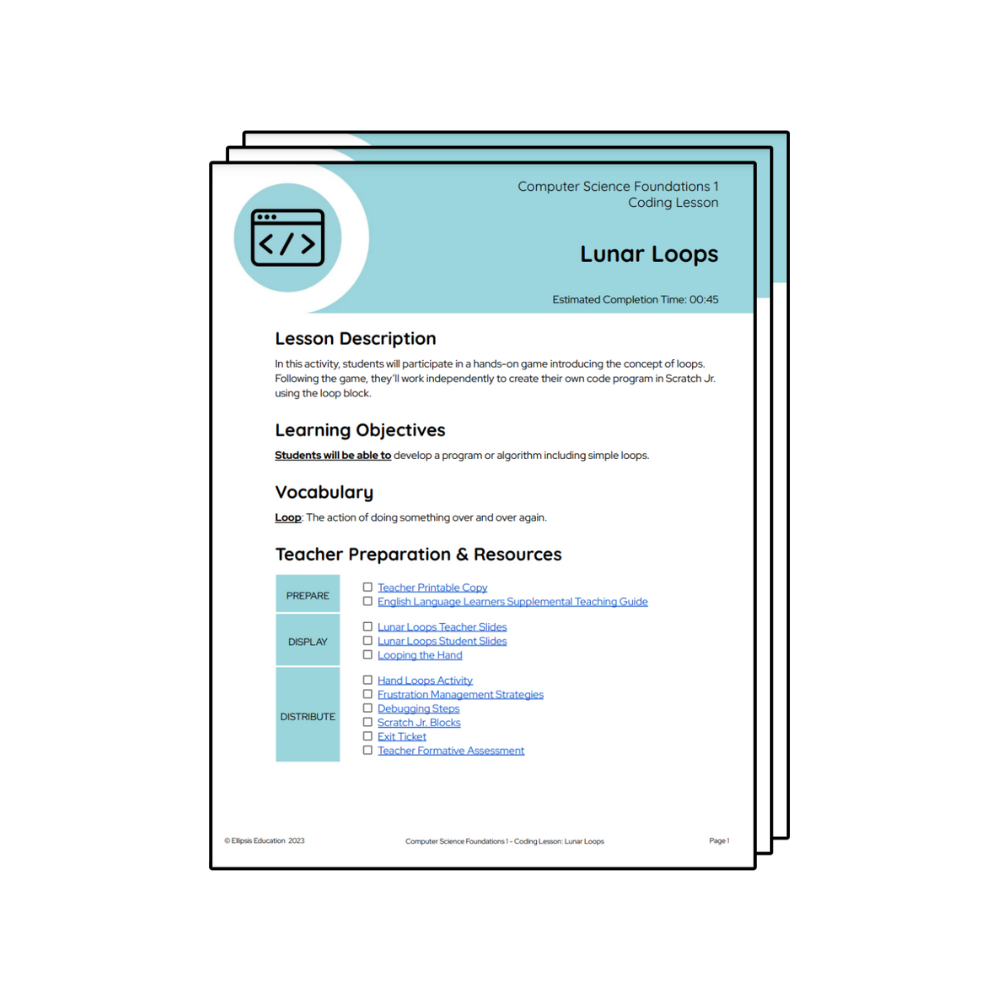Critical thinking is a skill that even the most advanced educators can struggle with teaching. However, it is a crucial part of learning, especially in an increasingly digital and interconnected world.
Training students to think critically can empower them to navigate academic and everyday life more effectively. With various strategies and practices at teachers’ disposal, fostering this in-demand skill can be an achievable goal within any classroom setting.
To help teachers implement critical thinking exercises in their curriculum, here are several critical thinking activities for students of all years.
Class Discussions
This encourages students to engage with their peers, analyze different perspectives, and deepen their understanding. Teachers can introduce diverse topics relevant to the curriculum or current affairs, provoking thought and discussion. You can find a comprehensive list of excellent class discussion topics here. This is one of the best critical thinking activities for students in the classroom, as it provides a safe space to explore significant issues.
Brainstorming Exercises
Similarly, brainstorming serves as an excellent platform for students to bounce ideas off each other, providing a sense of open-mindedness and enhancing problem-solving skills. Use a digital mind mapper like Popplet to allow your students to visualize problems during these critical thinking activities.
Case Studies
Utilizing case studies relevant to the course material can cultivate critical thinking by encouraging students to analyze, interpret, and apply knowledge. Professors can come up with hypothetical scenarios or use real-life examples. This is particularly relevant to critical thinking activities for university students in the classroom.
Debates
One of the best confidence-boosting critical thinking activities for students is debating. A structured argument where students defend their viewpoints can stimulate higher-level thinking. This practice nurtures critical thinking and cultivates public speaking and persuasive skills. Make sure to tailor debate topics for younger and older students.
Problem-Solving Activities
Strategic problem-based tasks can foster critical thinking by encouraging students to devise solutions to complex problems. Teachers can incorporate breakout sessions, puzzles, and riddles into these activities. Check out these great riddles you can use in the morning to get your students in the critical thinking mindset.
Role Play
These interactive critical thinking activities place students in diverse scenarios and persuade them to think from a different perspective. It encourages empathy and improves problem-solving abilities. For inspiration, check out these great role-playing classroom games.
Along with the links provided, you can find these activities on various online educational platforms, such as Edutopia, along with practical guidance on how to implement them in the classroom. Additionally, the Critical Thinking Community shares a series of lessons and strategies designed to aid teachers in fostering this skill in their classroom.
Remember, embedding critical thinking activities into the curriculum is not an extra task but instead supports and enhances students’ understanding of the content dealt with. It is about teaching students to receive information and process, analyze, question, and apply it, giving them a solid foundation to navigate the world responsibly.
Nurturing critical thinking can result in a more engaged, confident, and continuous classroom learning environment. Whether through debates, problem-solving exercises, or role-play, each activity listed offers a unique chance to enrich the educational experience and inspire students to analyze, question, and solve.







